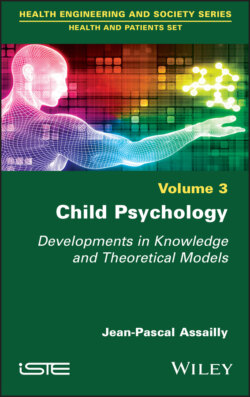Читать книгу Child Psychology - Jean-Pascal Assailly - Страница 73
2.6.2. Exposure to tobacco
ОглавлениеThirty percent of women smoke before their pregnancy, and 17% still smoke in the third trimester. France ranks seventh out of 50 countries most affected by active smoking during pregnancy. It must be said that some doctors advise smoking more than stress (see previous chapter). This active smoking behavior is more frequent in Brittany than in other regions.
The risk factors for smoking during pregnancy are: young age, poor education, low socioeconomic level, primiparity, geographical origin in metropolitan France, lack of occupation, a smoking spouse, a lack of spouse or associated depression. Multiparity is a risk factor for withdrawal failure during pregnancy.
Prenatal exposure to tobacco has short-, medium- and long-term effects, such as: placental abruption, fetal growth disorders, low birth weight; then poor visuomotor integration, poor verbal skills, poor school performance (not found in the United States, or when confounding factors are controlled) and attention-deficit hyperactivity disorder.
A recent Icelandic study (Kristjansson 2018) examined the relationships between exposure and academic achievement at ages 4, 7 and 10 using data collected at birth, during the neonatal period and at each grade level in the study’s birth cohort. Exposure influenced achievement scores, was negatively associated with math achievement at baseline and continued to negatively affect math achievement over time after controlling for gender, income, cohabitation and baseline math and science scores.
Thus, children whose mothers smoke in the first trimester of pregnancy are, on average, at greater risk of poor school performance over time than children whose mothers do not smoke in their first trimester.
In the EDEN study (Melchior and Hersi 2015), maternal smoking during pregnancy predicted only hyperactivity/attention-deficit through epigenetic mechanisms. By controlling confounding factors, only exposure throughout pregnancy was significantly associated. This correlation was not observed for paternal smoking during pregnancy. This is inconsistent with genetic transmission. Continued maternal use during pregnancy could also be a marker of social and environmental difficulties and poor parenting, with use also associated with more insecure mother–infant attachment (Melchior and Hersi 2015).
Smoking during pregnancy causes a transgenerational effect. Thus, an increased risk of asthma is observed in the grandchildren of maternal smokers.
Finally, children whose mothers continued to smoke during pregnancy are more likely to become smokers, 15 years later. In a way, the mother makes the fetus addicted to tobacco when he/she is building their nicotine receptors.
In conclusion, regardless of the various influences and consequences, it is clear that smoking cessation during pregnancy must be an issue for tobacco prevention workers in the general population, coupled with actions on parental behavior and screening and support for smoking cessation before or at the beginning of pregnancy.
